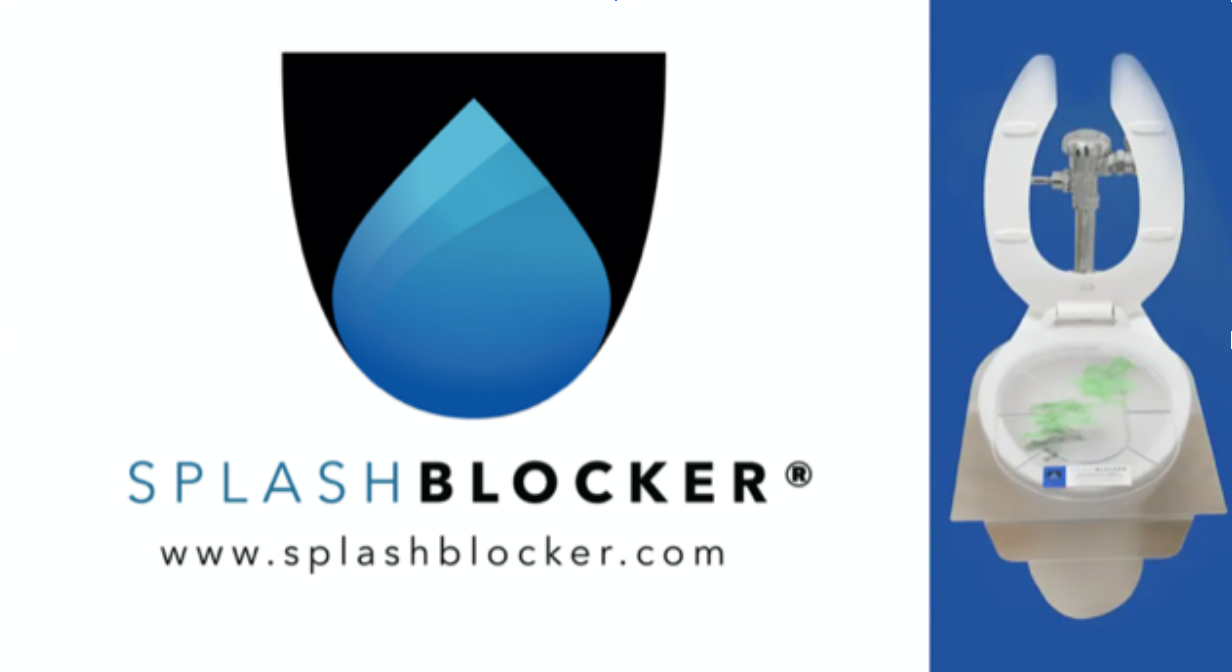Today in the chart
Nine Opioid Formulations to Help Fight Abuse
While opioid analgesics remain a critical component of treating severe intractable pain, overdose deaths and admissions of opioid use disorder are at epidemic levels. What can you do to help?

Opioid analgesics remain a critical component of treatment for severe intractable pain. However, prescription opioid-related overdose deaths and admissions for opioid use disorder are at epidemic levels.
Opioid misuse, abuse, and diversion are complex problems that involve multiple providers, note the authors of a new study of the epidemic and potential ways to fight it. Physician assistants and nurse practitioners are on the front lines of that fight.
“PAs and NPs hold a key role in recognizing the risks inherent in the diversion (intentional and unintentional) of prescription opioids into the community, identifying patients at risk for abuse and mitigating the risks of misuse by the patient,” they write.
Tools for reducing opioid abuse include:
- Prescription drug monitoring programs
- Clinical assessment tools
- Toxicology testing
- Co-prescribing of naloxone
Add to these a strategy expected to become a vital component of a comprehensive opioid risk management plan: opioid abuse-deterrent formulations (ADFs).
ADFs have been shown to manage patients’ pain relief and quality of life and protect against the consequences of opioid misuse and abuse. According to the FDA, they’re designed to make manipulation more difficult and administration via non-oral routes less appealing.
ADFs on the Market
All nine extended-release and one immediate-release opioid pain medications with FDA-approved ADF labeling use physical/chemical barriers or agonist/antagonist combinations to deter manipulation and abuse. There are several options to choose from.
- Reformulated OxyContin® (oxycodone ER; Purdue Pharma LP, Stamford, CT), the first FDA-approved abuse-deterrent opioid formulation.
- Hysingla® ER (hydrocodone bitartrate ER; Purdue Pharma; approved in 2014) was formulated so it is difficult to crush, break, or dissolve. It is expected to deter intranasal and IV abuse and oral abuse when chewed.
- MorphaBond™ ER (morphine sulfate ER; Daiichi Sankyo, Inc., Basking Ridge, NJ; 2015) uses SentryBond™ technology to deter misuse and abuse by intranasal and IV routes.
- Xtampza® ER (oxycodone ER; Collegium Pharmaceutical, Inc., Canton, MA; 2016), a microsphere-in-capsule formulation that uses proprietary DETERx® technology that is less susceptible to grinding, crushing, and extraction relative to IR oxycodone tablets.
- Arymo® ER (morphine sulfate ER; Egalet Corporation, Wayne, PA; 2017), manufactured with Guardian® technology, consists of a hard polymer matrix tablet that is difficult to manipulate. It has properties expected to make abuse by injection difficult.
- Embeda® (morphine sulfate and naltrexone HCl ER; Pfizer, Inc., New York, NY; 2014), pellets of morphine sulfate, each containing a core of sequestered naltrexone intended to remain sequestered when the product is taken as prescribed.
Other ADF-labeled opioids not currently marketed include Vantrela™ ER (hydrocodone bitartrate ER; Teva Pharmaceuticals, North Wales, PA); Targiniq™ ER (oxycodone HCl and naloxone HCl ER; Purdue Pharma); Troxyca® ER (oxycodone HCl and naltrexone ER; Pfizer, Inc., New York, NY); and RoxyBond™(IR oxycodone; Daiichi Sankyo, Inc., Basking Ridge, NJ).
Other approaches in development include aversion properties, unique delivery systems, and prodrugs.
Best Practices
A “universal-precaution” approach to opioid prescribing has been recommended that includes abuse risk assessments and abuse-deterrence strategies for patients who take opioids.
Here are current best practices for prescribing ADFs:
- When selecting an ADF in appropriate opioid therapy patients, use risk stratification with a validated tool that fits your practice setting. Tools include Screener and Opioid Assessment for Patients with Pain (SOAPP), Opioid Risk Tool (ORT), and Current Opioid Misuse Measure (COMM). Weigh the risk of intentional and unintentional diversion and the question of ADF accessibility.
- Educate the patient. Talk with the patient about the potential for addiction, the risk of unintentional diversion, options to prevent unintended access to the medication by others, the risks of sharing pain medication with others, proper disposal of any leftover medicine, the use of medication as prescribed, and the dangers of attempts to alter ADF drugs.
- Be vigilant. For patient monitoring and follow-up, consider prescription drug monitoring programs to identify doctor shopping, evaluation of high-risk behaviors, urine drug monitoring, pill counts, and timing of follow-up visits. Ask the patient about reasonable pain relief, acceptable tolerability, and overall enhancement of quality of life.
Find the Right Balance
It’s an ongoing challenge to balance the appropriate use of prescription opioids for pain management with concerns about misuse, abuse, and diversion. But opioid ADFs can help meet the challenge.




.png)
